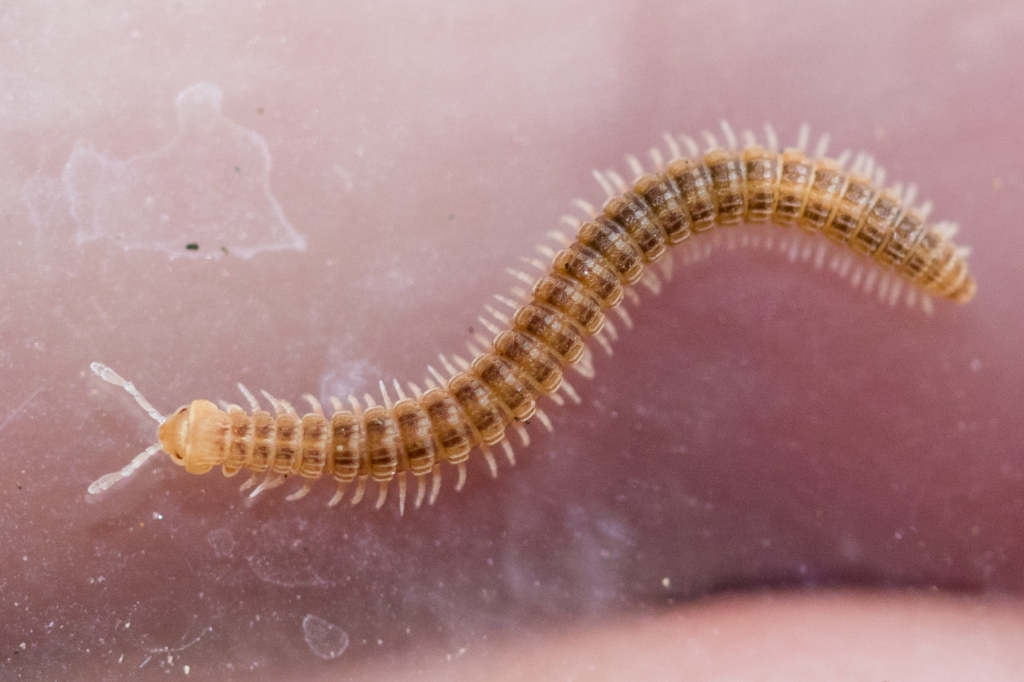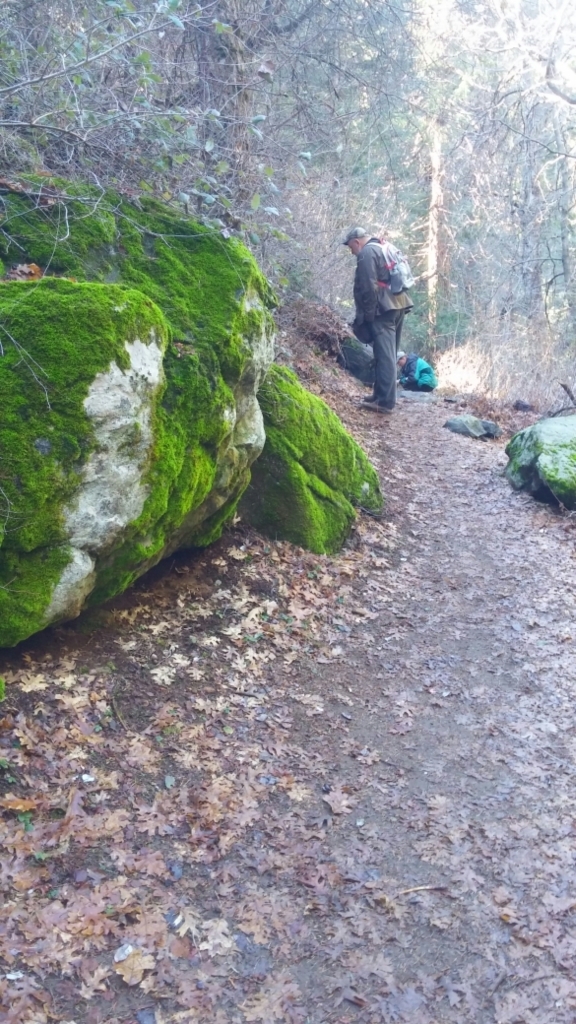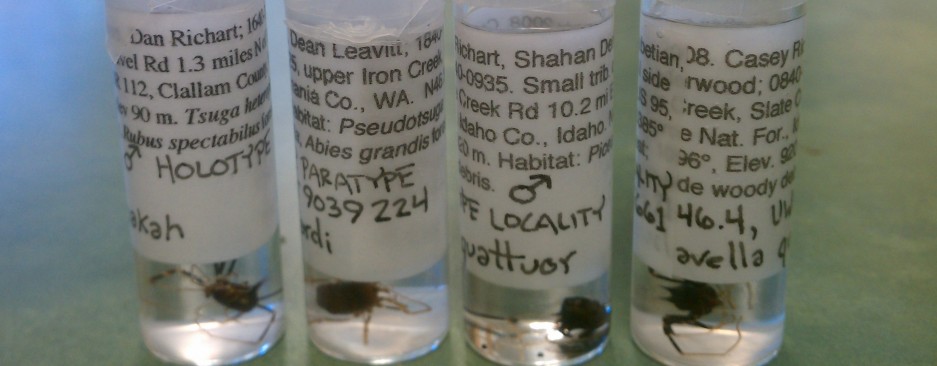A little bit of the Pacific Northwest makes it all the way down to San Diego County. Up on top of the Peninsular Range peaks you can find representatives of many of the critters I grew up with in the Cascade foothills of western Washington. Places with ferns and fir trees, plethodontid salamanders, Brown Creepers, Pristiloma microsnails, and Hesperonemastoma harvestmen — Mount Palomar is a good example. In 2016 on Mount Palomar I found a juvenile millipede in the family Striariidae, which at the time was the southernmost record for the order Chordeumatida in western North America. It was very likely an undescribed species, but adult males are needed to test such hypotheses, for as with the majority of millipedes, the shape of the male’s genitalia is key for identifying and describing species. The next rainy season I returned to look for adults. These excursions ended up being a rendezvouses of community scientists, most of us familiar with each other on iNaturalist, but meeting each other in person for the first time. On 12 February, Darwin’s birthday, we had our first success. We found the adults, as well as juveniles of two different genera in the Chordeumatida! With biodiversity, there is always a reason to return. Following the tried-and-true process since the days of log-flipping in western Washington with Bill Leonard, I shipped these specimens to millipede expert Dr. Bill Shear in Virginia. As predicted, and reported in the new publication out today, this was a new to science species of Amplaria. Dr. Shear was kind enough to grant me a request: to name this species after my friend and co-collector, the prolific community scientist BJ Stacey.

BJ Stacey joined me on every trip to Palomar, he collected specimens and took many images (such as the one above). As a community scientists he has made numerous important contributions, including the discovery of an important frog populations of conservation concern. He has formally presented on community science to the San Diego Natural History Museum and the San Diego State University Natural History Club. As of this writing, his iNaturalist profile reports that he has made 89,613 observations and identified 74,056 observations of others. The paper describing the new species can be found here, in the journal Zootaxa, though it is not open access.
Distance and distancing have kept us from spending as much time in the field as we used to, but BJ and I continue to collaborate on community science research including on the Molluscan Mycophagy project, and on the development of a community science challenge: The 1,000 Species Yard List. Stay tuned!
I hope you like your new species BJ, surely it is the most handsome of the Amplaria!

